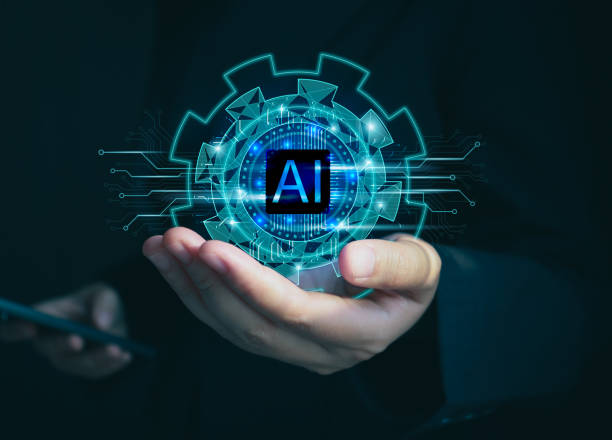What is On-Page SEO and Why is it Important?
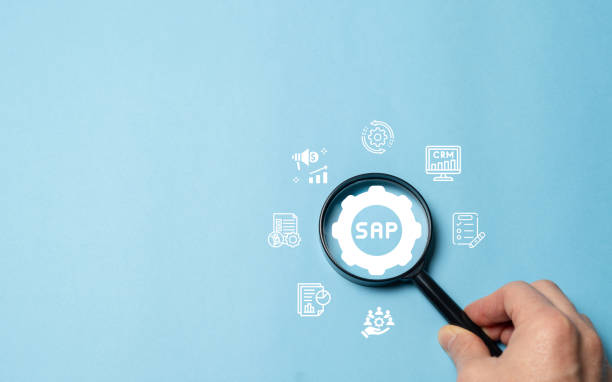
On-Page SEO refers to the set of actions we take within our website to improve its ranking in the search results of search engines like Google.
These actions include optimizing content, site structure, title tags, meta descriptions, URLs, and other internal site elements.
Internal SEO helps search engines better understand the topic and content of your site’s pages, and consequently, display the site to users in higher ranks.
The importance of On-Page SEO lies in the fact that without it, even with the best content, your site might be ignored by search engines.
By observing On-Page SEO principles, you can significantly increase organic website traffic and achieve business goals.
For a better understanding, read this article.
Proper On-Page SEO is the foundation for a successful SEO strategy and directly impacts the site’s visibility in search results.
On-Page SEO is very important, so pay attention to it.
Did you know that your customers’ first impression of your company is your website? With a powerful corporate website from Rasav, multiply your business’s credibility!
✅ Custom and eye-catching design tailored to your brand
✅ Improved user experience and increased customer attraction
⚡ Get a free consultation!
Keyword Research and Choosing the Best Ones

Keyword research is the first step in On-Page SEO.
This process involves identifying words and phrases that users employ to search for information related to your business.
Various tools such as Ahrefs Keyword Generator, Google Keyword Planner, and Moz Keyword Explorer can assist you in this area.
After identifying keywords, you should evaluate them based on search volume, competition, and relevance to your site’s content.
Choosing appropriate keywords helps you optimize your content in a way that is appealing to both users and search engines.
Remember that focusing on Long-Tail Keywords can help you attract more targeted traffic.
For example, instead of the keyword “shoes”, use the phrase “buy men’s sports shoes”.
Also, be sure to incorporate keywords in your titles, meta descriptions, URLs, and the main text of your pages.
Your On-Page SEO must include appropriate keywords to achieve the best results.
Optimizing Title and Meta Descriptions
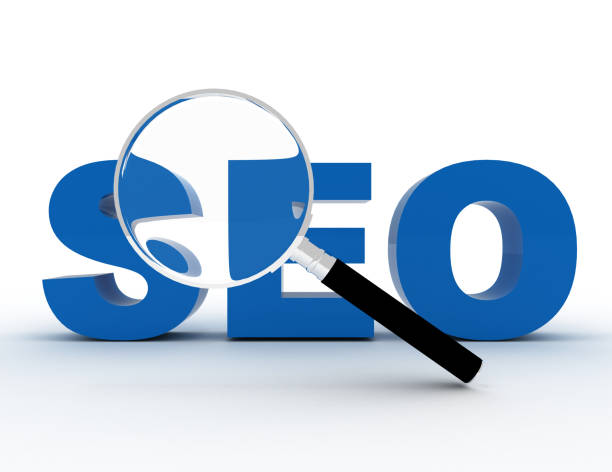
The Title Tag and Meta Description are two important elements in On-Page SEO that are displayed to users in search results.
The title should be concise, engaging, and contain the page’s main keyword.
The meta description should also provide a summary of the page’s content and encourage users to click.
The optimal length for a title is approximately 60 characters and for a meta description is around 160 characters.
Use keywords in your title and meta description, but avoid excessive repetition.
The title and meta description should be optimized for search engines and appealing to users.
The title and meta description are the first things users see in search results, so you should put your utmost effort into optimizing them.
On-Page SEO is crucial here, as these two elements significantly impact the click-through rate (CTR).
In this section, we want to create two tables about the length of titles and meta descriptions:
| Element | Description | Optimal Length (Characters) |
|---|---|---|
| Title Tag | Should be concise, engaging, and contain the main keyword. | Around 60 |
| Element | Description | Optimal Length (Characters) |
|---|---|---|
| Meta Description | Should provide a summary of the page’s content and encourage users to click. | Around 160 |
Optimizing Website Content

Content is king in SEO.
High-quality content that is valuable and relevant to user needs plays a crucial role in attracting traffic and improving site ranking.
Optimize your content based on targeted keywords, but avoid excessive stuffing (Keyword Stuffing).
Present your content in an organized and readable manner.
Use headings, subheadings, paragraphs, and lists to improve readability.
Images and videos can make your content more engaging and interactive.
Be sure to use appropriate Alt tags with descriptions for your images.
Regularly update your content and avoid duplicate content.
On-Page content SEO is very important and should be done continuously.
High-quality content not only helps improve site ranking but also increases user engagement and conversion rates.
Did you know that 85% of customers examine your company’s website before any interaction?
With Rasav, build a corporate website worthy of your credibility.
✅ Increase customer credibility and trust
✅ Attract high-quality leads
⚡ Get a free website design consultation
Optimizing URL Structure
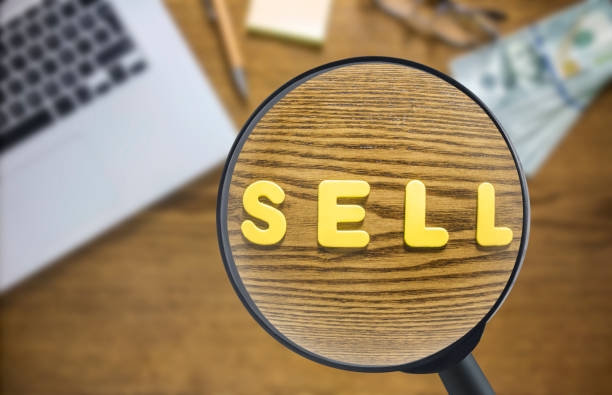
URLs should be short, descriptive, and contain keywords.
Avoid using uppercase letters, numbers, and special characters in URLs.
URLs should be designed so that users and search engines can easily identify the page’s topic.
URLs should align with the site’s structure and follow a hierarchical arrangement.
For example, if you have a page about “SEO Training”, its URL could be “example.com/blog/seo-training”.
Using hyphens (-) to separate words in URLs is recommended.
Avoid creating long and complex URLs.
On-Page URL SEO plays an important role in search engines’ understanding of page content.
An optimized URL helps users and search engines easily access the desired page.
A proper URL structure is an important aspect of On-Page SEO.
Optimizing Images and Videos

Images and videos can make site content more engaging and interactive, but they must be properly optimized.
For images, use appropriate formats like JPEG or PNG and minimize their size to increase page loading speed.
For each image, use an Alt tag with an appropriate description.
The Alt tag should accurately describe the image’s subject and contain keywords.
For videos, use an engaging title and comprehensive descriptions.
Upload videos to video-sharing platforms like YouTube and embed their links on your site.
Using Schema Markup for images and videos can help search engines understand them better.
On-Page SEO for images and videos helps improve site ranking in image and video search results.
Optimizing images and videos is an important aspect of On-Page SEO that should not be overlooked.
On-Page SEO related to images is very important for e-commerce sites.
Optimizing Website Loading Speed
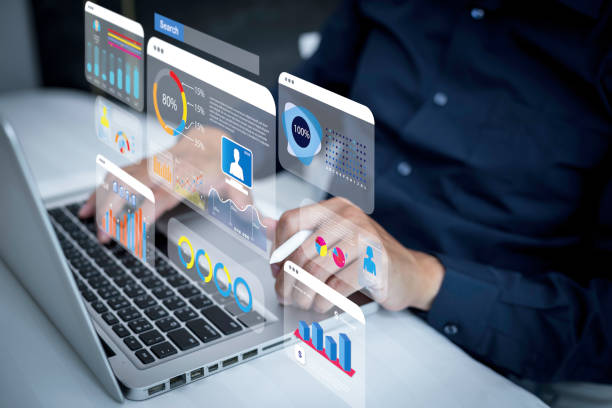
Website loading speed is an important factor in On-Page SEO and user experience (UX).
Users expect website pages to load quickly, and if this doesn’t happen, the likelihood of them abandoning the site increases.
To optimize website loading speed, you can use various methods such as image optimization, CDN usage, Gzip compression activation, reducing the size of HTML, CSS, and JavaScript code, and utilizing caching.
Tools like Google PageSpeed Insights and GTmetrix can help you identify website speed issues.
On-Page SEO and website loading speed have a direct relationship.
A high-speed website achieves a better ranking in search results and offers a superior user experience.
Optimizing website loading speed is an important aspect of On-Page SEO that you should pay special attention to.
In this section, we want to create two tables about website speed testing tools and optimization methods:
| Tool Name | Description |
|---|---|
| Google PageSpeed Insights | Provides suggestions for improving site speed from Google’s perspective |
| GTmetrix | Provides a comprehensive report on site speed and improvement suggestions |
| Method | Description |
|---|---|
| Image Optimization | Reducing image size without quality loss |
| Using CDN | Storing website content on multiple servers worldwide |
| Activating Gzip Compression | Reducing the size of HTML, CSS, and JavaScript files |
Internal Linking

Internal linking refers to creating links between different pages within your own website.
Internal linking helps search engines better understand the site’s structure and recognize the relationships between pages.
Internal linking also helps users navigate the site easily and access the information they need.
Use relevant keywords as anchor text, but avoid excessive repetition.
Direct links to important and relevant pages of your site.
Internal linking should be done naturally and purposefully.
On-Page SEO, through internal linking, improves the ranking of important site pages in search results.
Internal linking is an important aspect of On-Page SEO that should not be overlooked.
A proper internal linking strategy can help improve user experience and increase website traffic.
Did you know your company’s website is the first point of contact for 75% of potential customers?
Your website is the face of your brand. With **Rasav**’s corporate website design services, build an online presence that earns customer trust.
✅ Create a professional and lasting image for your brand
✅ Attract target customers and boost online credibility
⚡ Get a free consultation from **Rasav** experts!
Mobile Optimization
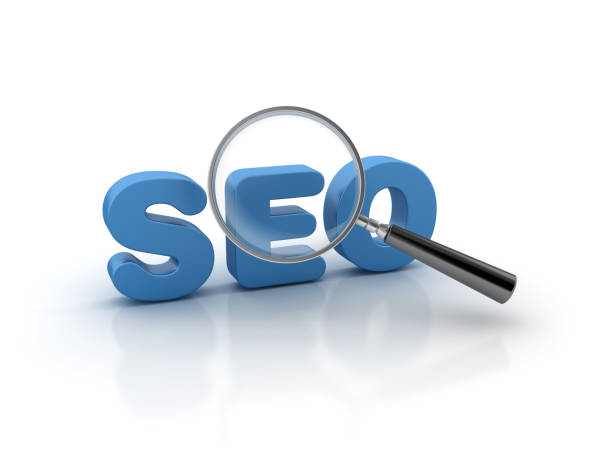
Today, most users access the internet via mobile devices, so optimizing your site for mobile is crucial.
A mobile-friendly website should display correctly on various devices, have a fast loading speed, and offer a good user experience.
Use responsive design so your site automatically adapts to the user’s device screen size.
Use readable fonts and large buttons so users can easily navigate the site.
Use images and videos optimized for mobile.
On-Page SEO for mobile helps improve site ranking in mobile search results.
Optimizing for mobile is an important aspect of On-Page SEO that should not be overlooked.
A mobile-friendly website can attract more traffic and provide a better user experience.
Using Schema Markup
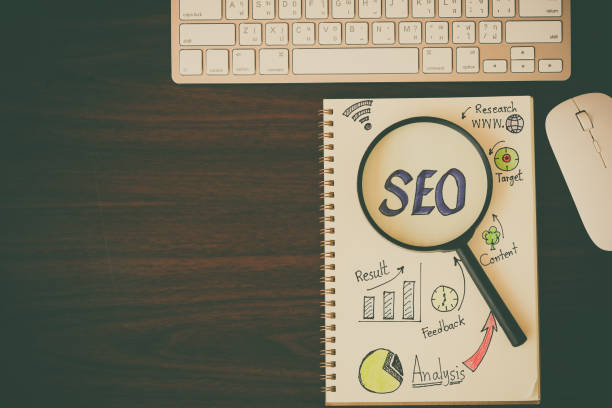
Schema Markup is a code that helps search engines better understand website content.
By using Schema Markup, you can provide search engines with information such as business name, address, phone number, working hours, user reviews, prices, and other important details.
Schema Markup can help improve the site’s display in search results (Rich Snippets) and increase the click-through rate (CTR).
Using Schema Markup is an advanced aspect of On-Page SEO that can help improve site ranking in search results.
On-Page SEO, with the help of Schema Markup, can assist search engines in better understanding site content, and consequently, display the site to users in higher ranks.
For more information, visit schema.org.
Frequently Asked Questions
| Question | Answer |
|---|---|
| What is On-Page SEO? | On-Page SEO refers to a set of actions performed within a website and on its page content to achieve better rankings in search results. |
| Why is On-Page SEO important for a website? | On-Page SEO helps search engines better understand your page’s content and assess its relevance. It also provides a better user experience for visitors. |
| What are the most important On-Page SEO factors? | Key factors include keyword optimization, content quality, title tags, meta descriptions, URL structure, heading tags (H1-H6), internal linking, and image optimization. |
| What role does the Title Tag play in On-Page SEO? | The title tag is one of the most important On-Page SEO factors, displaying your page’s title in search results and browser tabs. It should include the main keyword and be engaging. |
| What is the importance of the Meta Description in On-Page SEO? | The meta description provides a summary of the page’s content, and although it doesn’t directly impact rankings, it can increase the click-through rate (CTR) by encouraging users to click. |
| How are keywords used in On-Page SEO? | Keywords are phrases that users employ to search for information on search engines. Appropriate and natural use of them in content helps search engines identify the page’s topic. |
| What is internal linking and what are its benefits in On-Page SEO? | Internal linking means creating links between different pages of a website. This helps distribute page authority, assists search engine crawlers, and improves user experience. |
| How does image optimization affect On-Page SEO? | Image optimization includes compressing size, using appropriate Alt tags, and proper file naming. This improves page loading speed and helps search engines understand image content. |
| What does high-quality content mean in On-Page SEO? | High-quality content means content that is comprehensive, accurate, unique, up-to-date, and user-friendly, addressing users’ needs. |
| What role does URL structure play in On-Page SEO? | Readable, short, and keyword-rich URLs help search engines and users better understand page content and improve user experience. |
And other advertising services from Rasav Advertising Agency
- Smart Advertising Campaign: An innovative service to increase customer acquisition through marketing automation.
- Smart Brand Identity: A creative platform to enhance website traffic by managing Google Ads.
- Smart Sales Automation: A blend of creativity and technology for user engagement by optimizing key pages.
- Smart Marketing Automation: A creative platform to boost sales by precise audience targeting.
- Smart UI/UX: A professional solution for user interaction focusing on optimizing key pages.
And hundreds of other services in the field of internet advertising, advertising consultation, and organizational solutions
Internet Advertising | Advertising Strategy | Advertorials
Sources
Comprehensive Guide to On-Page SEOAnalytical Content OptimizationKey SEO TipsWhat is SEO?
💭 To reach the peak of success in the digital space, Rasav Afarin Digital Marketing Agency is with your business, offering specialized services such as SEO-optimized website design.
📍 Tehran, Mirdamad Street, next to Bank Markazi, Southern Kazeroon Alley, Ramin Alley, No. 6
☎️ 02126406207



